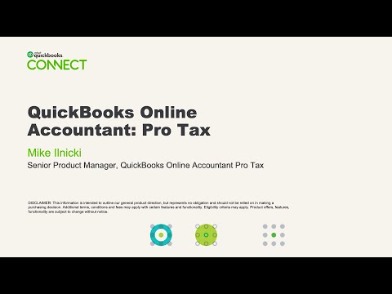Account Reconciliation: Process, Challenges, Best Practices

A documentation review is the most common form of account reconciliation, and the one that auditors prefer. Under this method, call up the account detail in the accounting software, and review the appropriateness of each transaction listed in the account. For example, if you are accounts payable accounting coach reconciling the trade accounts receivable account, the balance in the account should exactly match the total of the open accounts receivable report.
Reconciling Account
Understanding this fundamental practice is vital for businesses aiming to achieve accurate financial reporting and make informed decisions. The account conversion method is where business records such as receipts or canceled checks are simply compared with the entries in the general ledger. Under an analytics review, create an estimate of what should be in the account, based on historical activity levels or some other metric.
Who should prepare the account reconciliation?

The analytics review approach can also reveal fraudulent activity or balance sheet errors. In this case, businesses estimate the amount that should be in the accounts based on previous account activity levels. Reconciliation must be performed on a regular and continuous basis on all balance sheet accounts as a way of ensuring the integrity of financial records. Secondly, account reconciliation helps identify fraudulent activity committed by employees, dishonest customers, vendors, suppliers, or cyber-thieves.
Use Cases of AI in Finance for Mid-Market Companies
Banks and retailers can make errors when counting money and issuing cash to customers as change. Variances between expected and actual amounts are called “cash-over-short.” This variance account is kept and reconciled as part of the company’s income statement. Businesses and individuals may use account reconciliation daily, monthly, quarterly, or annually. Accounting software automation and adding a procure-to-pay software, like Planergy, can streamline the process and increase functionality by automatically accessing the appropriate financial records.
A $900 error should be noted during the reconciliation, and an adjusting journal entry should be recorded. Reconciliation for prepaid assets checks the balances for different types of prepaid assets, factoring in transactions like additions and amortization. Prepaid assets, what is a normal balance with picture such as prepaid insurance, are gradually recognized as expenses over time, aligning with the general ledger. Income tax liabilities are reconciled through a schedule to compare balances with the general ledger. The important thing is to establish internal processes for account reconciliation and adhere to those processes.
What is Account Reconciliation?
- It makes sure that fixed asset and accumulated depreciation balances accurately offset each other in the general ledger.
- While reconciling your bank statement would be considered a financial reconciliation since you’re dealing with bank balances.
- The balances between the two records must agree with each other, and any discrepancies should be explained in the account reconciliation statement.
- Companies with single-entry bookkeeping systems can perform a form of reconciliation by comparing invoices, receipts, and other documentation against the entries in their books.
- Accuracy and completeness are the two most important things when reconciling accounts.
This helps to ensure that the financial records of that unit are accurate and up-to-date. Also, transactions appearing in the bank statement but missing in the cash book should be noted. Some of the transactions affected may include ATM service charges, check printing fees. The bank discovered that the mysterious transaction was a bank error, and therefore, reimbursed the company for the prepaid rent accounting incorrect deductions. Rectifying the bank errors bring the bank statement balance and the cash book balance into an agreement. This blog delves into the essentials of account reconciliation, outlining the step-by-step process, and exploring the various types of reconciliation.
Reconciliation is typically done at regular intervals, such as monthly or quarterly, as part of normal accounting procedures. For instance, while performing an account reconciliation for a credit card clearing account, it may be noted that the general ledger balance is $260,000. Still, the supporting documentation (i.e., credit card processing statement) has a balance of $300,000. Further analysis may reveal that multiple transactions were improperly excluded from the general ledger but were adequately included in the credit card processing statement. For example, when performing bank reconciliation, a business compares its financial statements with the records received from the bank.
Account reconciliation is done to ensure that account balances are correct at the end of an accounting period. The account reconciliation process also helps to identify any outstanding items that need to be taken into consideration in the reconciliation process. The first step in bank reconciliation is to compare your business’s record of transactions and balances to your monthly bank statement.
While reconciling your bank statement, you notice the bank debited your account twice for $2,000 in error. The accountant of company ABC reviews the balance sheet and finds that the bookkeeper entered an extra zero at the end of its accounts payable by accident. The accountant adjusts the accounts payable to $4.8 million, which is the approximate amount of the estimated accounts payable. The documentation review process compares the amount of each transaction with the amount shown as incoming or outgoing in the corresponding account. For example, suppose a responsible individual retains all of their credit card receipts but notices several new charges on the credit card bill that they do not recognize.


